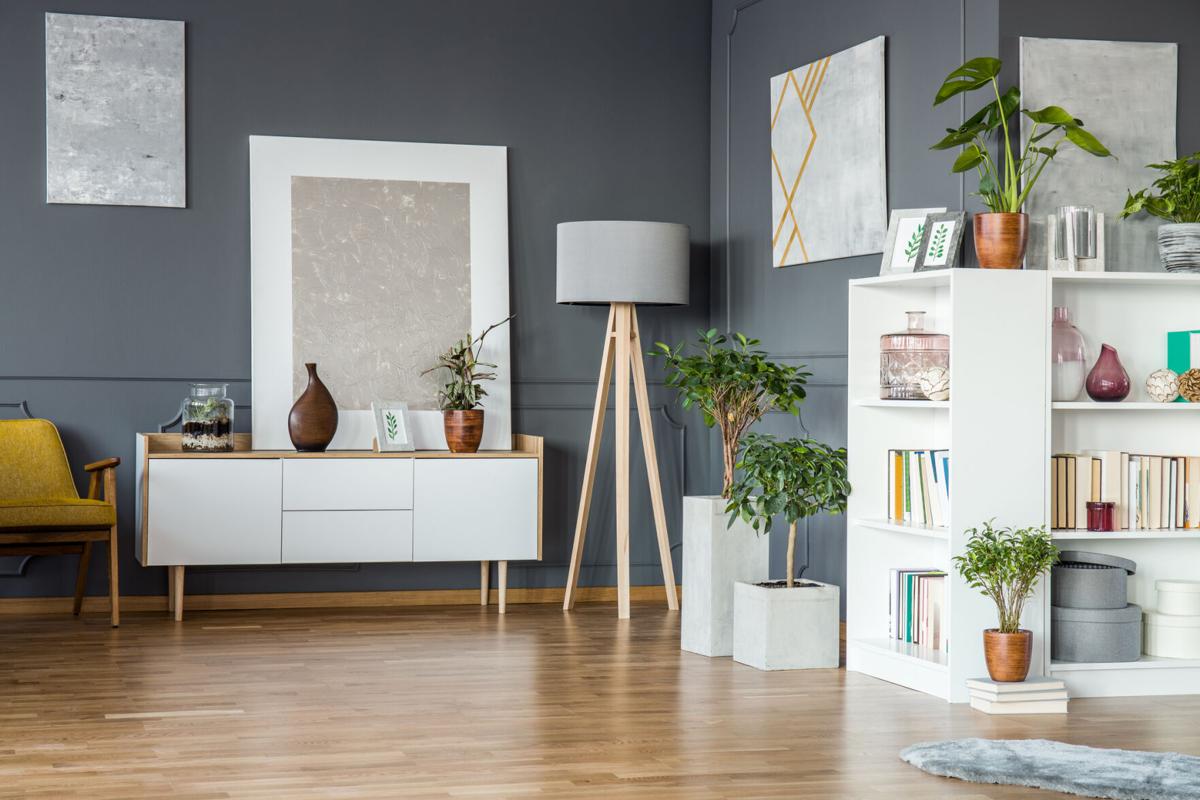Question: I have heard you talk about your extensive home library. What suggestions do you have for creating one?
Answer: This question is perfect timing considering today is the Tucson Festival of Books.
I have bookshelves upon bookshelves with stacks of books in just about every room in the house.
Voracious readers like me, collect them for a variety of reasons. Some to re-read, others to loan out to friends and family, future reference, and for some, a warm memory of a good read. Each of us has our reasons for keeping a book that just left our hand.
Storing books
Whether on shelves or stacked on a desk or counter, there should be a method to arrange your collection. One suggestion is to keep books where you might need them. Cookbooks are an obvious example. Keeping them in the kitchen makes more sense than in the living room. Location matters. Current reading materials are typically resting where you read them. Some folks have bookshelves in living areas, studies, bedrooms (including the kids’ bedrooms), and of course, the bathrooms. Where you store your books is often the governing factor in how you store them. Typically, shelving for books can be from floor to ceiling or horizontally. In some areas, only a shelf or two may be possible.
Organizing your collection
Your collection, however modest or extensive it may be, would probably benefit from some further coordination. Arrangement by topic is one such method. My books are stored this way. You choose the topic classifications.
Again, your library is probably not hidden in an unlived space. The bookshelves in your home are probably a major component of your décor. Organizing books by color can add a great deal to the look and feel of your home. My daughter once arranged the home library by color. My wife, Jennifer, said it was beautiful but made books harder to find — and that is your trade-off.
You can also sort by topics such as travel, history, current events, or any area of interest your collection may suggest. Fiction and non-fiction categories are always popular starting points. From there you can create the subcategories that fit you and your collection.
The Dewey Decimal System may be worth considering. This system divides topics or subjects into 10 main categories, (000 – 900), and those are further divided into subcategories. An example given by Bridgewater College is section 600 for technology, 640 for home economics and family living, 641 for food and drink, and 641.5 for cooking. You get the picture. Granted, most home libraries are probably not so extensive. A system such as this would be overkill. However, it does offer a method of organizing our home libraries.
Keeping a book journal
Once you have arranged your books, you may want to consider keeping a journal of the books you have.
I make a journal entry every time I finish a book. A personalized journal is a great way to keep a record of the books you read. In my journal, I may say something about the book, and will often include something about what’s going on in my and Jennifer’s lives at that time. That is a fantastic way to personalize your reading history. A tidbit about the book can remind us of what we thought was special.
The journal can help you access a book when needed, and if you loan out your books, it is a great way to keep track of them. That step makes it more likely that you will get them back, too. Because I often lend books, I emboss each one, usually on the first page, so the person borrowing the book knows it belongs to me. There are several ways of marking the books in your collection. Simply writing your name on the inside front or back cover is perhaps the most common. Placing a tag on the book’s binding is another. Once placed on a shelf, that tag, possibly color-coded, is a visual reminder to return that book.
Some books may have a special meaning to you, such as first editions, books obtained while on a trip, and books signed by an author. When receiving a book from someone, I have them sign and date the book for the collection. I especially have them signed it if it is the author. When I buy a book while on a trip, I bring it to the local post office and have them date stamp it. The stamp will remind me when and where that book, or memory, originated.
Caring for your books
It is important to care for the books in your library. The Library of Congress suggests having clean hands when holding a book. The natural oils on your skin can damage the pages over time. Keep food and drink from spilling on the book. Use a bookmark with a low acid makeup. Don’t dogear pages, use paper clips, sticky notes, or anything with an adhesive on it. Store your collection at room temperature and away from harsh light such as sunlight. Avoid storing books in basements or attics where the environment is more susceptible to temperature and humidity change.
When removing a book from the shelf, grip the book on both sides of the spine and pull it out. Don’t grip the top of the spine and pull. Keep your books upright or flat, don’t lean them, as this may warp them. If you can, keep similar-sized books together on the shelf to add better support to neighboring books.
For more ideas, visit Rosie on the House March 4-5, at the Tucson Festival of Books in booth 218.
A 2015 study found that houseplants may reduce psychological stress, so here are four colorful plants that will boost your mood.





